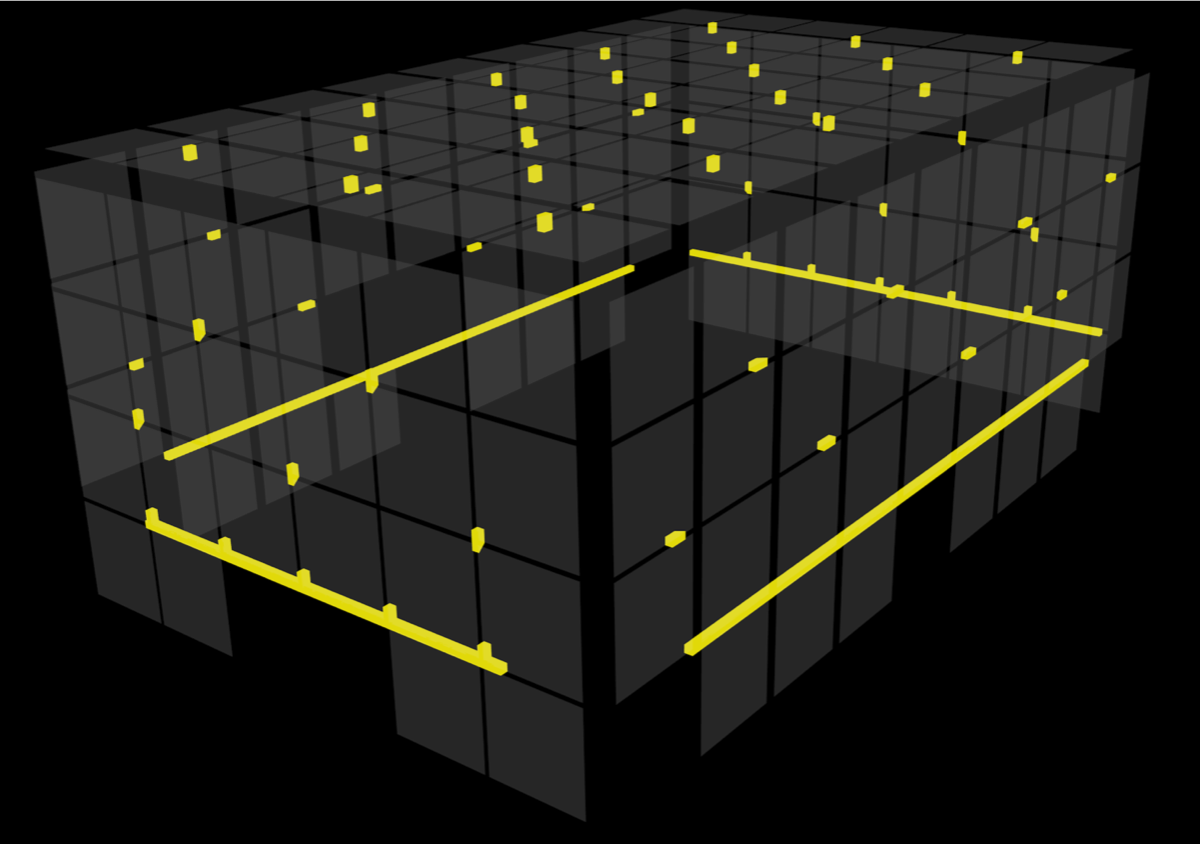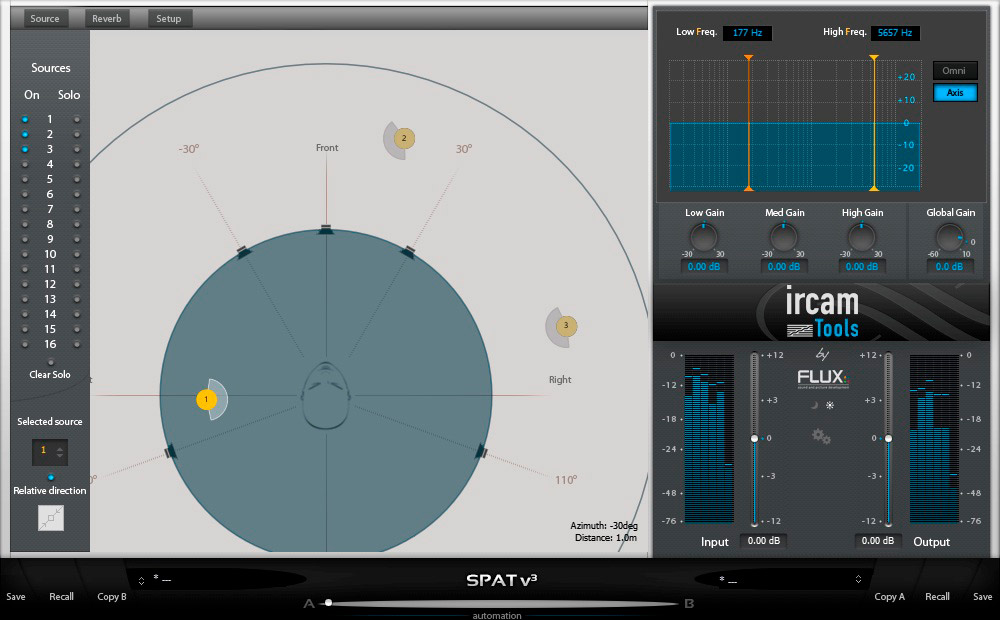Immersive sound 1: Spat and microsound
Published
Notam and BEK will arrange a series of workshops intended for advanced users, from 2017 to 2019. The workshops will be technical in nature, and the participants are therefore required to possess basic skills in programming, especially in Max, and signal processing. The workshops will be held in English, and will be arranged alternately in Oslo and Bergen. There is a limited amount of seats and highly qualified participants will therefore be prioritized.
Thibaut Carpentier: surround sound and IRCAM Spat
November 13th – 17th, 9:30 – 16:00
Where: Notam in Oslo
Price: 7500,- NOK for all academic employees in 50% positions or more, free for all others.
Thibaut Carpentier is one of the main developers behind Spat, a toolkit for sound spatialization in Max. The workshop will contain a mix of practical work, guidance and lectures.
Program
Day 1: theoretical background on spatial/immersive audio; introduction to the Spat “philosophy”
Day 1 and 2: (hands-on) introduction to the Spat framework; basic panning examples
Day 2 and 3: reverberation, sound radiation; more advanced examples
Day 3: focus on Ambisonics and/or binaural techniques (applications to head-tracking, VR, etc.)
Day 4: highlight on Panoramix, a new derivative of Spat, which focuses on mixing and post-production
Day 4: presentation of recent work on spatial audio at Ircam (research projects and artistic productions)
Day 5: authoring tools for spatial sound (automation, digital audio workstations, algorithmic composition, remote control, integration within OpenMusic, object-based audio, etc.)
Apply for participation in the workshop with Thibaut Carpentier here.
You will receive an email notification informing whether you have a seat in the workshop by October 15th.
Curtis Roads: Microsound and composition of electronic music
December 12th – 14th, 11:00 – 16:00
Sted: Notam in Oslo
Price: 7500,- NOK for all academic employees in 50% positions or more, free for all others.
Curtis Roads is a pioneer in the field of microsound, a specialist in granular synthesis, a composer, author and programmer. He is a professor of media arts and technology at the university of California, Santa Barbara. The workshop will contain a mix of lectures and practical work in the studio. A more detailed program will be available soon. Roads will also perform a concert on the evening of December 12th, in cooperation with Ny Musikk.
Apply for participation in the workshop with Curtis Roads here.
You will receive an email notification informing whether you have a seat in the workshop by October 15th.
Background on the workshop series
Notam and BEK are centers for innovation and use of technology in music and the arts in Norway. We have a wide international network which includes leading figures within music technology, sound design and audiovisual technology. Both Notam and BEK have education as a core focus, and strive to establish new goals and provide new impulses for current music technologists and artists. The series of workshops will progress with subjects such as Ambisonics, wave-field synthesis, advanced microphone techniques, headphones and immersive sound, Jitter, Gen, HISS tools, Gen and Owl, machine learning and filter design.
About IRCAM Spat
“Spat is a real-time spatial audio processor that allows composers, sound artists, performers, and sound engineers to control the localization of sound sources in 3D auditory spaces. In addition, Spat provides a powerful reverberation engine that can be applied to real and virtual auditory spaces.
The processor receives sounds from instrumental or synthetic sources, adds spatialization effects in real-time, and outputs signals for reproduction on an electroacoustic system (loudspeakers or headphones).
Its modular signal processing architecture and design are guided by computational efficiency and configurability considerations. This allows, in particular, straightforward adaptation to various multichannel output formats and reproduction setups, over loudspeakers or headphones, while the control interface provides direct access to perceptually relevant parameters for specifying distance and reverberation effects, irrespective of the chosen reproduction format.
Another original feature of Spat is its room effect control interface relying on perceptive criteria. This allows the user to intuitively specify the characteristics of a specific room without having to use an acoustic or architectural vocabulary.”
Text found at forumnet.ircam, read more here.
About microsound
“Below the level of the musical note lies the realm of microsound, of sound particles lasting less than one-tenth of a second. Recent technological advances allow us to probe and manipulate these pinpoints of sound, dissolving the traditional building blocks of music—notes and their intervals—into a more fluid and supple medium. The sensations of point, pulse (series of points), line (tone), and surface (texture) emerge as particle density increases. Sounds coalesce, evaporate, and mutate into other sounds. Composers have used theories of microsound in computer music since the 1950s. Distinguished practitioners include Karlheinz Stockhausen and Iannis Xenakis. Today, with the increased interest in computer and electronic music, many young composers and software synthesis developers are exploring its advantages.”
Text found at mitpress.mit.edu, read more here.
The workshop series is supported by Norwegian Culture Council.
Illustrations downloaded from http://forumnet.ircam.fr/product/spat-en/ and https//:www.kvraudio.com_product_ircam-spat-by-flux

